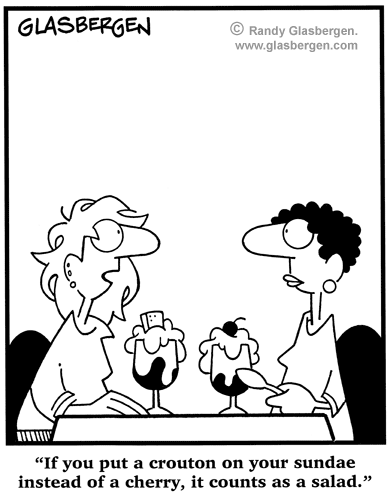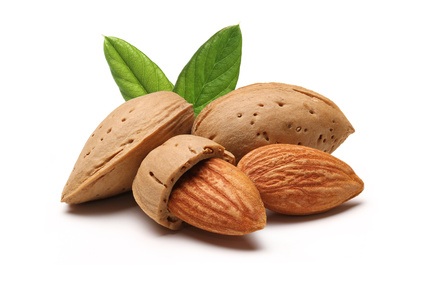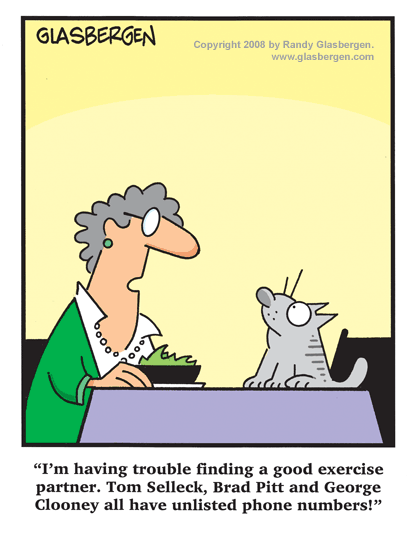As a new mom, one of the best things you can do for yourself and your baby is to eat a healthy diet. Even though you may be in a hurry to lose that pregnancy weight, regularly eating foods that boost energy will help you provide the right nutrients for your baby and help you lose weight gradually. That's because eating nutrient rich foods at regular intervals throughout the day can maximize the little energy you probably have as a new mom. And for nursing moms, it's important to know that the quality of your breast milk stays pretty much the same no matter what you choose to eat. If you aren't getting the needed nutrients from your diet, your body will provide them from your own stores.
But for your own well-being, it's best to make sure you're obtaining the nutrients your baby needs by incorporating a variety of healthy breastfeeding foods in your nursing mom food plan.
Therefore, make sure to have a healthy rich diet by providing yourself – thus indirectly- your baby with these 10 foods:
Whole Grains – Brown rice, Bulgur and Whole Wheat - If you are attempting to lose the baby weight, you might be tempted to drastically cut back on your carbohydrate consumption. Well that’s a wrong move to take because losing weight too quickly may cause you to produce less milk for the baby and leave you feeling tired and energy drained. Therefore it is best to incorporate whole grains such as brown rice, bulgur and whole wheat in your daily diet to keep on providing fuel source for your nervous system as well as your body!
Whole Grain Cereals and Breads - After yet another sleepless night, one of the best foods to boost energy for new moms in the morning is a healthy breakfast that includes whole grain cereals and breads. Many cold cereals are available that are fortified with essential vitamins and nutrients to help you meet your daily needs. Or go creative and mix yourself a delicious bowl of hot skimmed milk with oatmeal and strawberries. Whole grain breads can also be part of your daily intake in order to enrich your diet with needed fibers!
Leafy Greens – Vegetables are a very important part of your diet but green leafy ones rank top of the list! The benefits you get from eating leafy green vegetables such as spinach, Swiss chard, mloukhiye, hendbe and broccoli are endless. Not only do they fill you up with vitamin A, which your baby needs to get from your breast milk, but they also provide you with calcium, vitamin C, iron. They are also filled with heart healthy antioxidants; they are low in calories and high in fibers! So make sure to have at least 3 servings of veggies per day and focus on green leafy ones!
Legumes - Beans, especially dark colored ones like black beans and kidney beans, as well as lentils are a great breastfeeding food, especially if you are a vegetarian mom. They are rich in iron, high in antioxidants, high in fiber and a great way to provide you with non-animal source of proteins. Just make sure to complement your legumes intake of proteins with other types of legumes or grain in order to get the sufficient amount of proteins you need. For example have your beans or lentils with some brown rice on the side!

Fruits – Fruits are as well of importance during this time especially citrus ones such as oranges. They are great to boost energy for new moms. Because nursing moms need even more vitamin C than pregnant women, oranges and other citrus fruits such as strawberries, blackberries, mandarins, kiwi and pineapple are an excellent breastfeeding food. And not only do they provide you with the vitamin C you need, but they are also rich antioxidants, fibers and water – all which your body needs right now! Make sure to have at least 2 servings of fruits per day in their whole form in order to get the extra fibers along with your snack!
Salmon – Salmon is a very crucial food for new moms. To start with, it provides you with proteins! However, that’s not what makes salmon among other fatty fish a powerhouse for you. It provides you with omega 3 fatty acids, especially DHA. DHA is important to help you fight inflammation and may also help in preventing postpartum depression. More importantly, DHA is crucial to the development of your baby's nervous system and retina. All breast milk contains DHA, but levels of this essential nutrient are higher in the milk of women who get more DHA from their diets! This is why it is important to have yourself at least 2 servings of fatty fish per week, preferably baked or grilled. It’s is quite important to avoid large fish such as shark, swordfish and king mackerel because they are high in mercury that could be considered as a toxin for you and your baby.

Dairy Products - Dairy products provide you with proteins, B vitamins and vitamin D and calcium. If you're breastfeeding, your milk is loaded with calcium to help your baby's bones develop, so it's important for you to eat enough calcium to meet your own needs. Just keep in mind that dairy products are not the only source of calcium so you might want to limit your dairy intake to 1-2 servings per day.
Lean Beef – Because a deficiency in iron can drain your energy levels and keep you sluggish and fatigue making it harder for you to take care of your newborn, seeking out iron rich foods to boost your energy is a very important move. Having beans, legumes and dark green veggies is important but having lean beef meat as well will provide you with more – and more absorbing type of – iron. Lean beef meats will also provide you with proteins and vitamin B 12, which you are in need of especially during this time.
Eggs - Egg yolk is one of the few natural sources of vitamin D, which is an essential nutrient to keep your bones strong and help your baby's bones grow as well. Eggs are also another way you can meet your daily needs of proteins. So if you are having eggs make sure to have 1 or 2 per day tops - hard boiled or part of a baked omelet with vegetables!
Water - Dehydration is one of the most important reasons for experiencing fatigue especially that new moms who are breastfeeding are at a higher risk. To keep your energy levels and milk production up, make sure you stay well hydrated. Make sure to have at least 8 glasses of water per day but you can also vary your options and meet some of your fluid requirements by drinking fresh juices, part of soups and skimmed milk, but be careful when it comes to caffeinated drinks like coffee and carbonated beverages. Keep your intake to no more than 2 to 3 cups a day or switch to decaffeinated varieties. That's because caffeine enters your breast milk and can cause your baby to become irritable and sleep poorly.
It’s quite important that you provide yourself with a healthy diet especially if you are trying to lose the baby weight you have gained. Research has showed that mothers who breastfeed while having a maintenance diet will lose their baby weight gradually over a year post delivery. Therefore, don’t make a huge fuss about losing weight by cutting down your carbs or fat, just have a heart healthy diet rich with enough calcium, vitamin C, proteins, vitamin B 12, fibers and antioxidants!


















